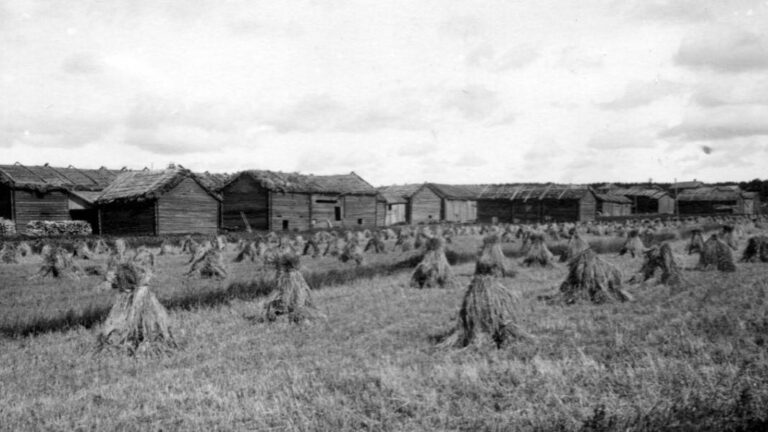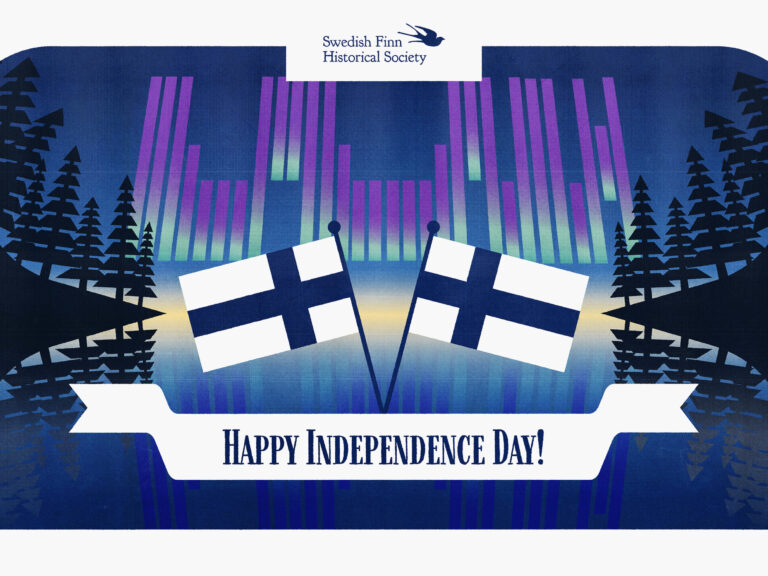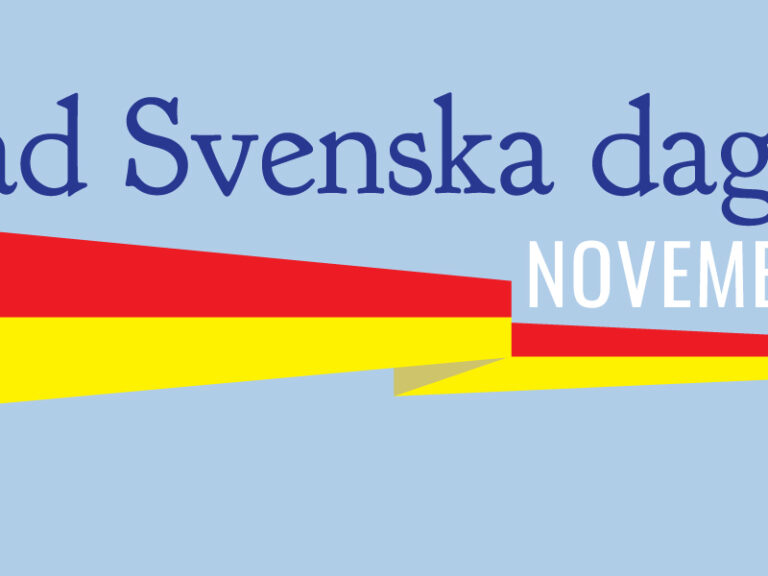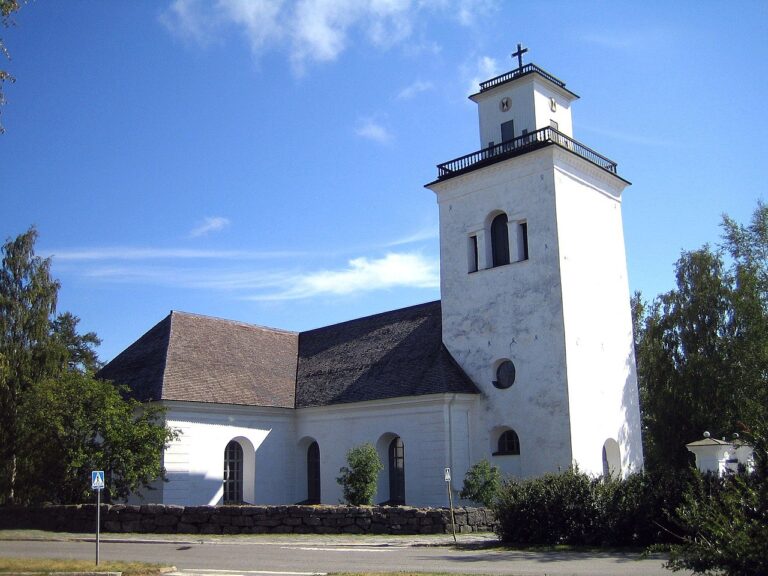Which words have you seen when exploring records of your ancestors?
Let’s start with the word ‘farmer’. A farmer could be a:
- bonde
- hemmansbrukare
- jordbrukare (this is a more modern term)
- lantbrukare
- åkerbrukare
And, if the farmer owns the farm, he could be called a:
- bördabönder – an independent farmer who could leave their land and inheritance to their children
- husbonde – the master of the farmhouse
- gårdsägare – farm owner
- ägare – landowner; not necessarily a farm owner
- ägarinna – female landowner; not necessarily a farm owner
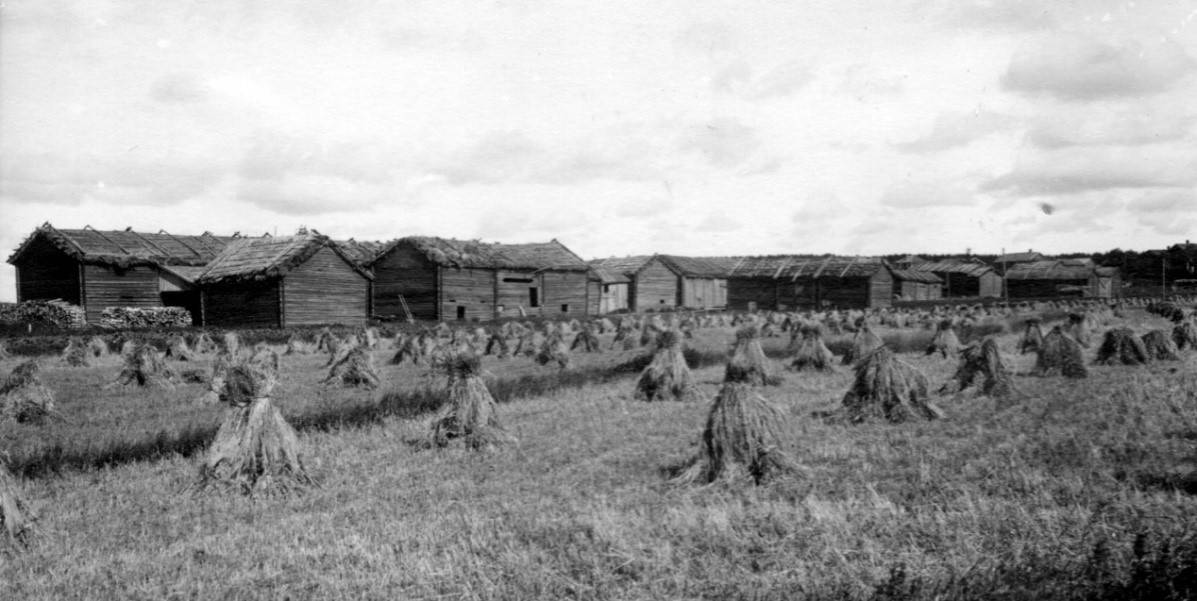
and drying rye. They are called ‘ria’. Pictures provided by
Torbjorn Nikus, SFHS member.
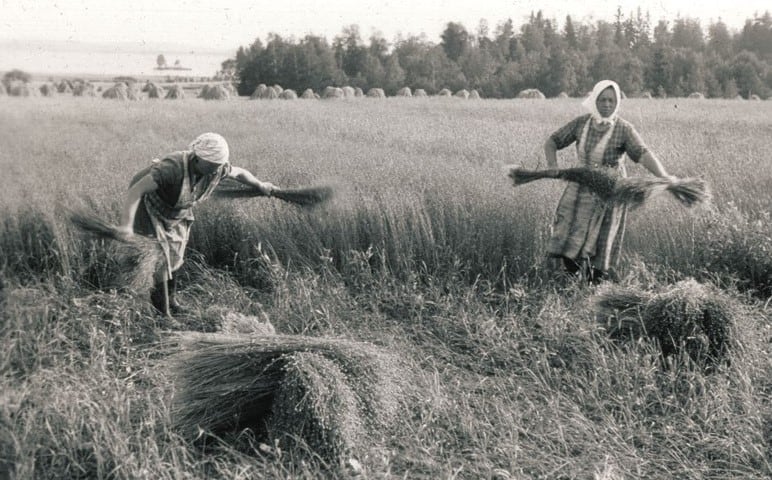
were stacked with the ninth sheave placed on top to create a hat.
These stacks were called ‘ragskyl’.
If the farmer paid to use another person’s land, he could be a called a:
- brukare – tenant farmer
- husman – cottager, crofter, tenant
- landbönde – agrees to pays a fee, (mainly in kind or in day labor), for the rights to farm a frälsehemman.
- spannmålstorpare – agrees to pay the rent with grain; this form of payment was often used when the physical distance between the croft/torp and the main homestead was too far
- torpare – agrees to pay the rent by working ‘x’ number of days for the owner each year
A person who owns a torp is a torpägare.
If the person is a farm hand or farm worker, he could be called a:
- bonddräng – farm hand
- gårdskarl – farm hand
- gårdsbrukare – farm worker
- lantarbetare – worker of the land
- statare – farm worker, farm laborer
- åkerman – tiller of the ground, husbandman
There are noteworthy descriptions of farms, including:
- enstaka – the farm/homestead was separate, on it’s own, its own single entity. It was too far away to take part in the work within the village
- frälsehemman – farms which are exempt from paying land dues to the Crown
- kronohemman – farm owned by the Crown. If the farmer was unable to pay taxes, the Crown took over the skattehemman. The farmer could then buy the kronohemman back, piece by piece and it became a skattehemman
- rusthåll – cavalry freeholds; farms equipping a cavalry soldier
- skattehemman – farms on which taxes are paid to the Crown
There are additional terms used to describe military support from farmers:
- augmentshemmen – a homestead that supports the rusthåll
- rotebonde – a division of farmers contributing to the keep and maintenance of a soldier
- rotesoldat – a soldier maintained by a division of farmers
- rusthallare – A rancher or farmer that contributes to maintaining a cavalry soldier and horse; owner of a farm equipping a cavalry soldier
There is a term used to describe a specific type of house on the farm:
- backstuga – a side cottage; not the main farmhouse
In some Östrobothnian parishes, the ‘backstuga’ is where the former farm owner moved to after they released responsibility of the farm to either their eldest son or to the new farm owner.
Not everyone living in a village, was a farmer. Here are a few additional roles listed at the bottom of farm names you may see in parish communion records:
- hantverkare – craftsmen or artisans
- tjenstefolk (tjänstefolk) – servants or people in service positions
- inhyses – paying lodger
Resources:
- “Swedish Occupational Terms”, June Pelo, Swedish Finn Historical Society Quarterly publications (for SFHS members)
Vol 9, No 2, page 45:
https://www.swedishfinnhistoricalsociety.org/wp-content/uploads/2017/08/vol9no2.pdf
Vol 9, No. 3, page 70:
https://www.swedishfinnhistoricalsociety.org/wp-content/uploads/2017/08/vol9no3.pdf - Correspondence with Hasse Nygård and Syrene Forsman – SFHS Board Member Emeritus
- Correspondence with Goran Sandell and Torbjorn Nikus, SFHS members
- “Vittisbofjard in Satakunda- A Journey along the old Post Road” by Gunnar Nybond, original text in Swedish is contained in Gunnar Nybond’s book Gränsmark. Slakt – coh bygdekronika från Sydosterbotten 2 Vasa 1984, published by the author and is republished on WWW by courtesy of Trygve Nybonde. Translated to English by Sandra Johnson Witt 2003, http://sydaby.eget.net/eng/nybond/post.htm
- The Beginner’s Guide to Finnish Genealogical Research, Thomsen’s Genealogical Center, Margarita Choquette, Lee Choquette, Huuskonene and Finn A. Thomsen, 1985, “Common Swedish Genealogical Terms”, page 22
- Förvaltningshistorisk ordbok, http://fho.sls.fi/

